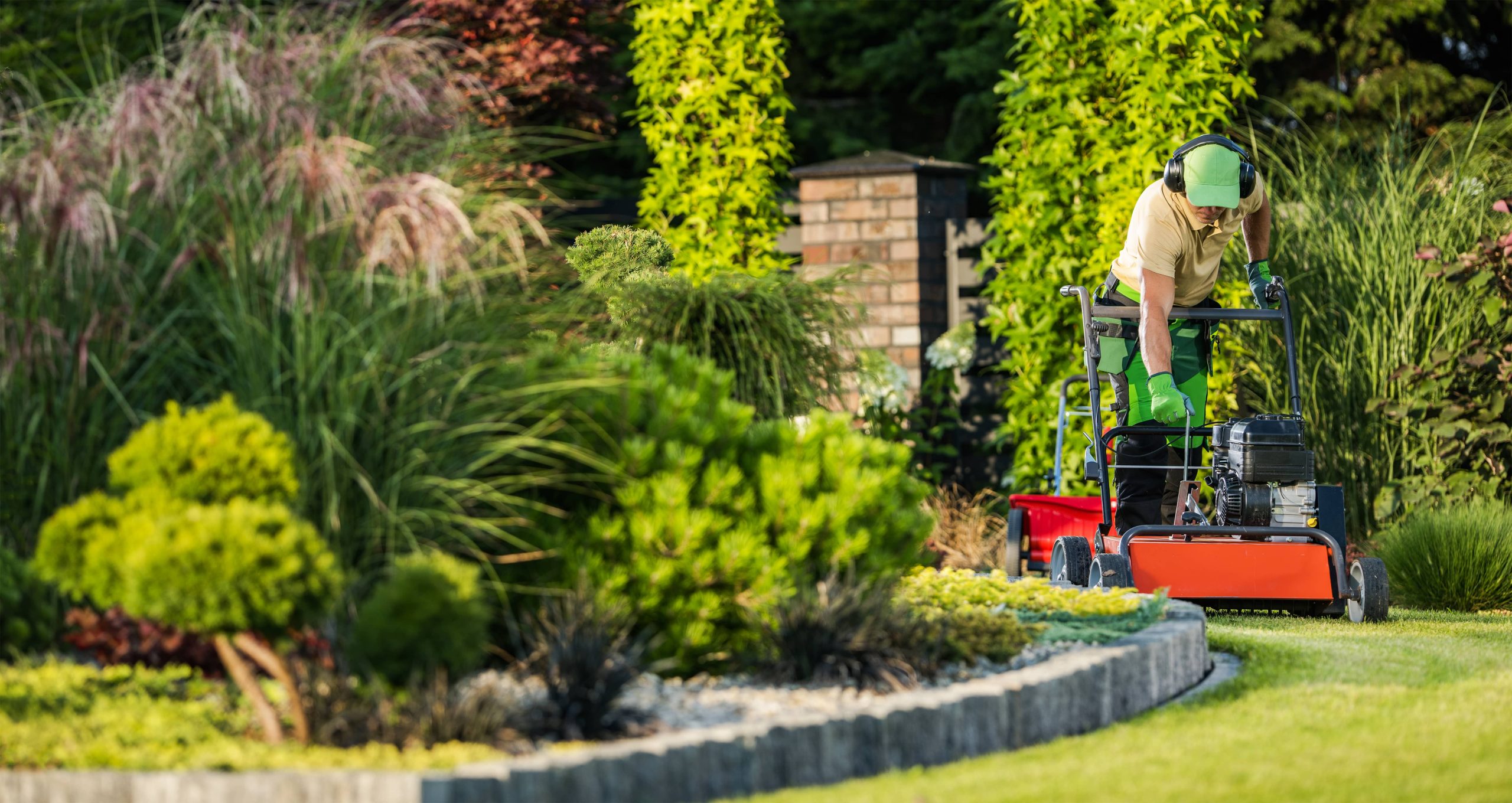
Creating a backyard fire pit is a wonderful way to enhance your outdoor space. It provides a cozy setting for gatherings, allows for outdoor cooking, and extends your patio usage into the cooler months. Contrary to what you might think, building a fire pit doesn’t have to break the bank. With a bit of planning and a few clever choices, you can craft a fire pit that meets your needs without emptying your wallet. Here’s how you can construct a cost-effective backyard fire pit.
Step 1: Planning and Design
Before you start digging or buying materials, spend some time planning your fire pit. Consider the space you have available and how you want the fire pit to fit within your landscape. You’ll want to choose a location that’s flat, away from overhanging trees, structures, and fences to ensure safety.
Next, think about the size of your fire pit. A typical fire pit size ranges from three to four feet wide, with the actual fire area being slightly smaller. This size is both functional for a small gathering and manageable for DIY construction. As you plan, remember to check local regulations regarding fire pits. Some areas have restrictions based on size and location, so it’s best to be informed before you start work.
Step 2: Gathering Materials
One of the largest cost factors is the materials you choose. However, you don’t need specialty products to create a functional and attractive fire pit. Basic materials include:
– Pavers or Fire Bricks: These are the most popular materials for constructing a fire pit. They are durable and widely available. You can find them at your local home improvement store, often at reasonable prices.
– Gravel or Sand: Needed for a stable base, these materials are also inexpensive and available at gardening or hardware stores.
– Metal Fire Ring (Optional): To extend the longevity of your fire pit and contain flames more securely, consider investing in a metal fire ring. These aren’t essential but add an extra layer of safety and durability.
– Concrete Adhesive: This is necessary for layering your pavers or bricks to keep them securely in place.
Taking advantage of sales or discounts at local stores, and considering second-hand options such as reclaimed bricks, can significantly cut costs.
Step 3: Construction
1. Prepare the Base
Mark the spot where you want your fire pit. You can use a rope or garden hose to create a circle and visualize the space. Once you have it outlined, dig down about six inches into the ground within your circle. This will be the base, so make sure the surface is level. Add three to four inches of gravel, packing it down firmly to create a stable foundation. Doing so will aid with drainage and prevent your fire pit from shifting over time.
2. Lay the Foundation
Begin arranging your first layer of pavers or bricks around the edge of your circle base. If you’re using a metal fire ring, place it in the center first to help with alignment. Ensure the first circle is level by using a carpenter’s level tool. Adjust by adding or removing gravel as needed.
3. Build Up the Walls
After establishing the initial ring, start stacking your pavers or bricks to create the walls of the fire pit. Typically, three to four layers will suffice for an average height pit. Apply a layer of concrete adhesive between each layer for stability. Make sure each layer sits neatly to create a sturdy wall. If you opted for a fire ring, the bricks should line the outside of the ring for added durability.
Step 4: Safety Measures
Safety is paramount when using a fire pit. Here are some safety measures to keep in mind:
– Fireproof Zone: Ensure there is a three-foot zone around the pit cleared of any flammable materials. This minimizes the chance of stray embers igniting surrounding items.
– Extinguishing Equipment: Always have a garden hose, bucket of water, or fire extinguisher readily accessible.
– Supervision: Never leave a fire unsupervised. Ensure it is completely extinguished before retiring for the night.
– Follow Local Guidelines: Respect community standards for fire safety, including obtaining necessary permits or adhering to burn bans.
Step 5: Add Personal Touches
Once your fire pit is constructed, personalize it to fit your style. You might place some comfortable seating around the pit, such as weather-resistant Adirondack chairs or a circular bench. Add some solar-powered lights to illuminate the area in the evening. For atmosphere, consider adding some decorative stones or landscaping plants around the fire pit zone.
Step 6: Maintenance
Maintaining your fire pit will ensure it remains safe and functional. Regularly remove ash and debris. Inspect the structure for any signs of wear, and repair or replace damaged bricks to maintain structural integrity. Regular upkeep will prevent larger, costlier repairs down the line.
Conclusion
Building a backyard fire pit can be both a rewarding and cost-effective project that enhances your outdoor living space. It brings warmth and ambiance, making for wonderful evenings under the stars. By planning carefully and sourcing materials wisely, you can create a stunning focal point in your garden without spending a fortune. Embrace this DIY challenge and enjoy countless cozy nights by your homemade fire pit.













